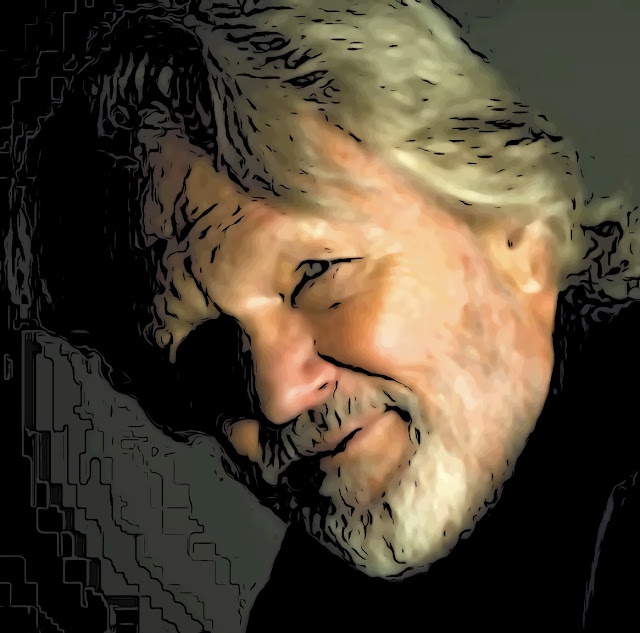In the Center (of the Wheel)
 |
| Adi Shankara |
A song from my 1969 chapbook, Baton Rouge Blues:
In the center
Of the center,
Center of the wheel,
Lies the central
Centric center,
Center of the wheel.
Days are falling,
Nights are falling,
Years are falling by,
And behind each
Why there lies
A why and why and why.
But the center
Of the center,
Center of the wheel,
Rests unmoved,
Gigantic, static.
This alone is real.
The wheel metaphor appears several times in the Upanishads—as the world of duality revolving around the unity that grounds it, an inconceivably small point that is the source of all. A centrifugal Big Bang. I can’t say if the Upanishads were my source fifty years ago. In any case, this astonishing vision has lain fallow in my decades of family life and career since Baton Rouge.
Boethius develops the image in The Consolation of Philosophy (524), which describes the world as a set of concentric circles, wheels rotating around God. Whatever is farther from the unmoving center is more subject to the chaotic effects of "that monster, Fortune," whose wheel blindly dispenses mortal success and failure (2.1, pp. 22-24). But if a soul "cleaves to the steadfast mind of God, it is free from movement and so escapes the necessity imposed by Fate" (4.6, p. 105).
Recently, I happened on a particularly explicit account of the wheel metaphor in Adi Shankara's Crest-Jewel of Discrimination, a distillation of the Advaita Vedanta school of Hinduism drawing from the Upanishads and the Bhagavad Gita. Shankara wrote in 8th-century India, midway between Augustine and Aquinas in the West, and similarly consolidated scriptures and traditions into coherent theology. The Crest-Jewel describes a man who has achieved illumination by realizing his identity with them universal Self, which is "pure consciousness, the ground of all phenomena, internal and external" (p. 115). In Shankara's metaphor, the turning wheel is the dualistic world of phenomena, including the physical body and I-sense, that moves around the guru from his past actions as long as he lives, and the motionless axis is his resting in undifferentiated Being--his oneness with God and all other sentient beings.
"In past lives, while he still dwelt in ignorance, he created certain karmas. In this present life, he apparently enjoys or suffers their effects. But now he has reached illumination and no longer identifies himself with his body. His body moves among external objects, and he seems to enjoy or suffer the effects of past deeds--just like a man who is still ignorant. Really, however, he is established in Brahman and merely inhabits the body as a calm, detached onlooker. His mind is clear of all distraction and unmoved, like the pivot of a wheel" (p. 124).
My lyric is mysterious because any illumination I could claim was a dim third-cousin of Shankara's, but I do recall how about 1961 something astonishing happened when I stared at a speck on the wall. It seemed, like a black hole, to draw everything into itself. "The universe in a grain of sand," Blake wrote. My song lyric may reference that.

Sources
Boethius. The Consolation of Philosophy. Translated by Victor Watts. Penguin, 1999.
Shankara. Crest-Jewel of Discrimination. Translated by Swami Prabhavananda and Christopher Isherwood. Vedanta Press, 1975.




Comments
Post a Comment